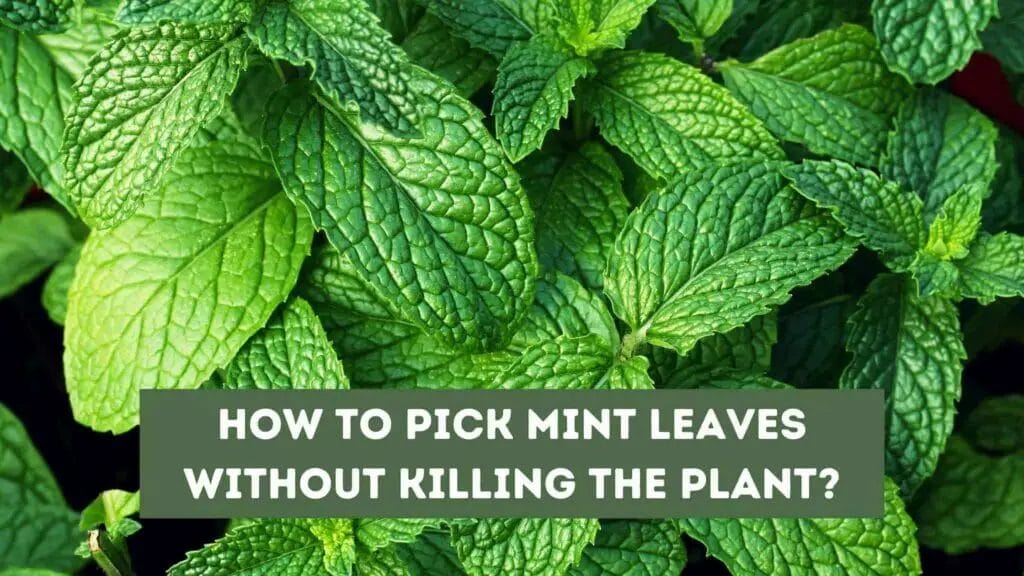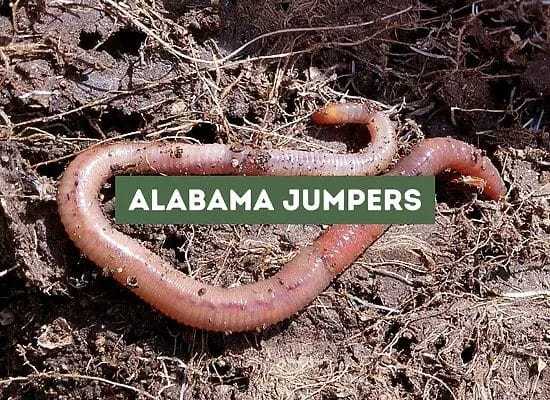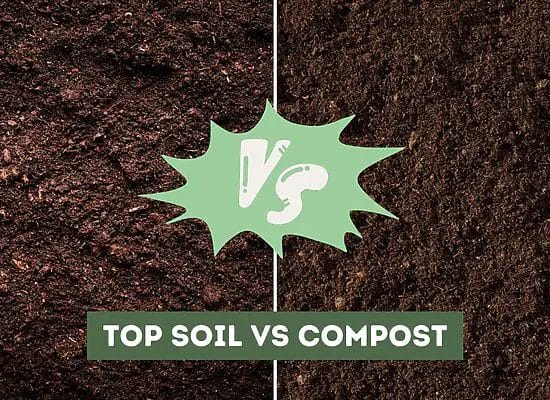
If you have ever grown mint in your garden, you know how quickly it can spread and take over. This fragrant herb is a delightful addition to many dishes and drinks, but harvesting it can be a challenge. Pulling leaves off the plant can damage the stems and roots, and over-harvesting can weaken or even kill the plant. So you may be wondering how to pick mint leaves without killing the plant.
Fortunately, there are several techniques you can use to harvest mint without killing it. By choosing the right tools, timing your harvests, and cutting the stems in a specific way, you can enjoy fresh mint without harming your plant. Whether you are a seasoned gardener or a beginner, these tips will help you pick mint leaves like a pro. So, put on your gardening gloves, and let’s get started!
Key takeaways:
- Mint is a hardy plant that can withstand regular harvesting and will continue to grow back even after you have picked its leaves.
- When harvesting mint leaves, use sharp scissors or pruning shears to make a clean cut just above a leaf pair.
- Harvest mint in the morning after the dew has evaporated but before the sun gets too hot for the most fragrant and flavorful leaves.
- Avoid over-harvesting by leaving at least one-third of the plant intact to allow it to continue growing.
- Fertilize and water the mint plant regularly, prune it to remove dead or damaged leaves, and consider transplanting it if it becomes overcrowded.
- You can harvest mint leaves multiple times throughout the growing season, but only remove one-third of the leaves at a time.
- Store mint leaves by drying them or keeping them fresh in a damp paper towel or a jar with water in the refrigerator. Use them within a week for the best flavor.
Does Mint Grow Back After Harvesting?
After harvesting mint leaves, you might wonder if the plant will continue to grow and produce more leaves. The good news is that mint is a hardy plant that can withstand regular harvesting and will continue to grow back even after you have picked its leaves.
Mint is a perennial plant, which means that it will come back year after year. It is also an herb that grows quickly and spreads easily, so you can expect it to grow back vigorously after each harvest. In fact, harvesting mint leaves can actually encourage the plant to produce more foliage, which can result in a healthier and bushier plant.
When harvesting mint leaves, it is important to do so correctly to ensure that the plant continues to grow back. You should avoid pulling the leaves and stems off the plant, as this can damage the plant and reduce its ability to regrow. Instead, use a pair of sharp scissors or pruning shears to cut the stems just above a set of leaves.
It is recommended that you harvest mint leaves regularly to keep the plant healthy and encourage new growth. You can begin harvesting mint leaves as soon as the plant has leafed out in the spring and continue to harvest as often as possible. Be sure to leave at least one-third of the plant intact when harvesting to avoid damaging the plant and to allow it to continue growing.
In addition to regular harvesting, there are a few other things you can do to help your mint plant grow back after each harvest. These include:
- Fertilizing the plant regularly with a balanced fertilizer to provide it with the nutrients it needs to grow.
- Watering the plant regularly to keep the soil moist but not waterlogged.
- Pruning the plant regularly to remove any dead or damaged leaves and to encourage new growth.
- Transplanting the plant to a larger pot or to a new location in your garden if it becomes too crowded.
Harvesting Mint Leaves
Mint is a popular herb that can be used in a variety of dishes, from salads to cocktails. But if you’re not careful, you can easily damage or even kill the plant while harvesting the leaves. In this section, you will learn how to pick mint leaves without killing the plant.
When to Harvest Mint
The best time to harvest mint is in the morning after the dew has evaporated but before the sun gets too hot. This is when the mint leaves are the most fragrant and flavorful. It’s also important to harvest mint no sooner than 3 months from planting and to leave around 6 weeks in between each pick. This will allow the plant to continue growing and producing new leaves.
How to Pick Mint Leaves Without Killing the Plant
To harvest mint leaves without killing the plant, you should use sharp scissors or secateurs to make a clean cut. Avoid pulling the leaves and stems off the plant, as this can damage the stem and roots. Instead, cut the stem between a third and halfway down, just above a leaf pair. This will encourage the plant to produce new leaves.
Harvesting Mint Leaves Frequently
You can harvest mint leaves as frequently as you like, but be sure not to take too many leaves at a time. It’s best to take leaves from the top using a clean pair of scissors and to remove any signs of buds before they flower. This will help the plant to continue growing and producing new leaves.
Pro Tip: If you have too much mint and can't use it all at once, try freezing it in ice cubes. Simply chop up the mint leaves, add them to an ice cube tray, fill with water, and freeze. You can then use the mint ice cubes in your drinks or dishes whenever you need them.
How many times can you harvest mint leaves?
Mint is a resilient herb that can be harvested multiple times throughout the growing season. The frequency of harvesting depends on the variety of mint, growing conditions, and how you plan to use the leaves.
Most mint varieties can be harvested up to three to four times during the growing season. However, it’s best to wait until the plant is at least six inches tall before harvesting any leaves. This allows the plant to establish itself and develop a strong root system.
When harvesting mint leaves, it’s important to only remove one-third of the plant’s leaves at a time. This ensures that the plant has enough foliage to continue growing and producing leaves throughout the season. If you remove too many leaves at once, it can weaken the plant and reduce its overall yield.
To harvest mint leaves, simply cut the stems just above a set of leaves using a sharp pair of scissors or pruning shears. You can also pluck the leaves off by hand, but be gentle to avoid damaging the plant.
If you plan to use the mint leaves immediately, harvest them in the morning when the essential oils are at their peak. If you want to store the leaves for later use, harvest them in the late morning or early afternoon when the dew has evaporated.
In addition to regular harvesting, it’s also important to prune your mint plant throughout the growing season. This involves removing any dead or damaged leaves, as well as any stems that have become woody or leggy. Pruning helps to promote new growth and keeps the plant looking neat and tidy.
Storing Mint
After successfully picking your mint leaves, you may want to store them for future use. Here are some tips on how to store your mint leaves properly:
Drying Mint Leaves
If you want to dry your mint leaves, you can hang them upside down in a warm, dry place with good air circulation. Once the leaves are dry, you can store them in an airtight container. You can also use a dehydrator to dry your mint leaves. Dried mint leaves can be used in teas, baked goods, and other recipes.
Storing Fresh Mint
If you want to store fresh mint leaves, you can wrap the leaves in a damp paper towel and store them in a plastic bag in the refrigerator. Alternatively, you can store the leaves in a jar with a little bit of water, like a bouquet of flowers. Fresh mint leaves can be used in salads, cocktails, and other recipes.
It’s important to note that mint is a hardy plant and can last a long time if stored properly. However, the oils in the leaves can start to dissipate over time, so it’s best to use your mint leaves within a week of harvesting.
Pro Tip: When harvesting mint, only take one-third of the leaves from the top of the plant to ensure it continues to grow and thrive.
FAQ: How to Pick Mint Leaves
Q: What is the best way to pick mint leaves?
A: The best way to pick mint leaves is to do so without damaging the plant. You can do this by gently plucking the leaves off the stem with your fingers or using a pair of scissors.
Q: How can I pick mint without killing the plant?
A: To pick mint without killing the plant, be sure to only take a few leaves at a time and make sure not to damage the stem. Also, only harvest when the plant is mature enough to withstand the process.
Q: When is the best time to harvest mint?
A: The best time to harvest mint is in the morning. This is when the oil content is at its highest, giving you a more flavorful yield.
Q: Is there a specific type of mint that grows well?
A: Yes, several types of mint grow well, including peppermint, spearmint, and apple mint. Choose the one that suits your taste.
Q: How do I prepare my mint for the winter?
A: To prepare your mint for the winter, cut it back to the ground, leaving only a few inches of stem. Cover with mulch to protect it from winter frost.
Q: Can harvesting mint plants damage the plant?
A: Yes, harvesting mint plants improperly can damage the plant. Be sure to only take a few leaves at a time and avoid damaging the stem.
Q: What do I do with the mint flowers?
A: You can use mint flowers in tea as a garnish or use them to make a herbal infusion with a sweeter, floral flavor.
Q: Can I keep my mint in water?
A: Yes, you can keep your mint in water, but be sure to change the water frequently to keep it fresh and prevent bacteria growth.
Q: What is the harvest season for mint?
A: The harvest season for mint is from late spring until early fall, depending on your location and growing conditions.
Q: Is mint an easy herb to grow?
A: Yes, mint is an easy perennial herb to grow and harvest, making it a great choice for beginner gardeners.












